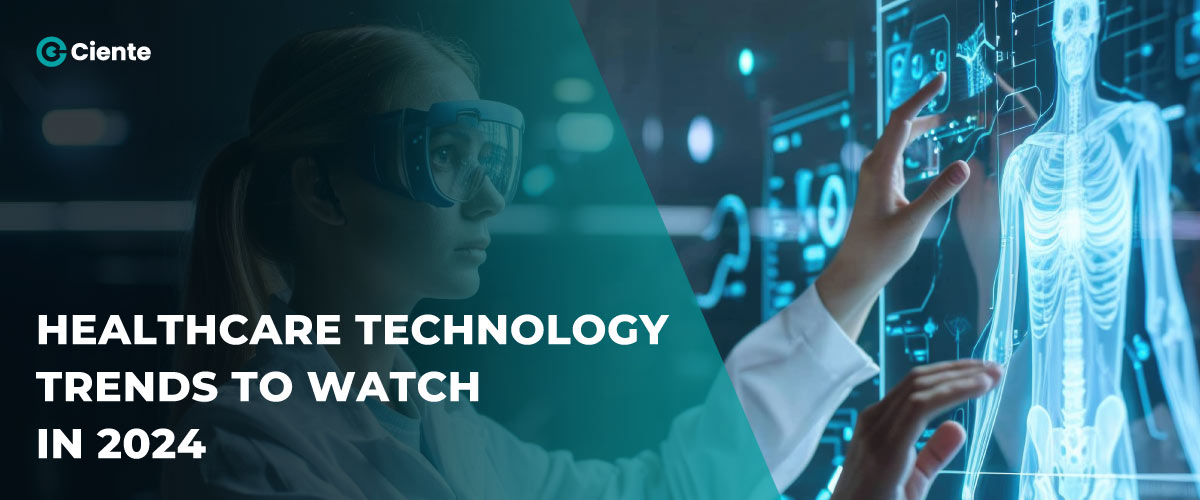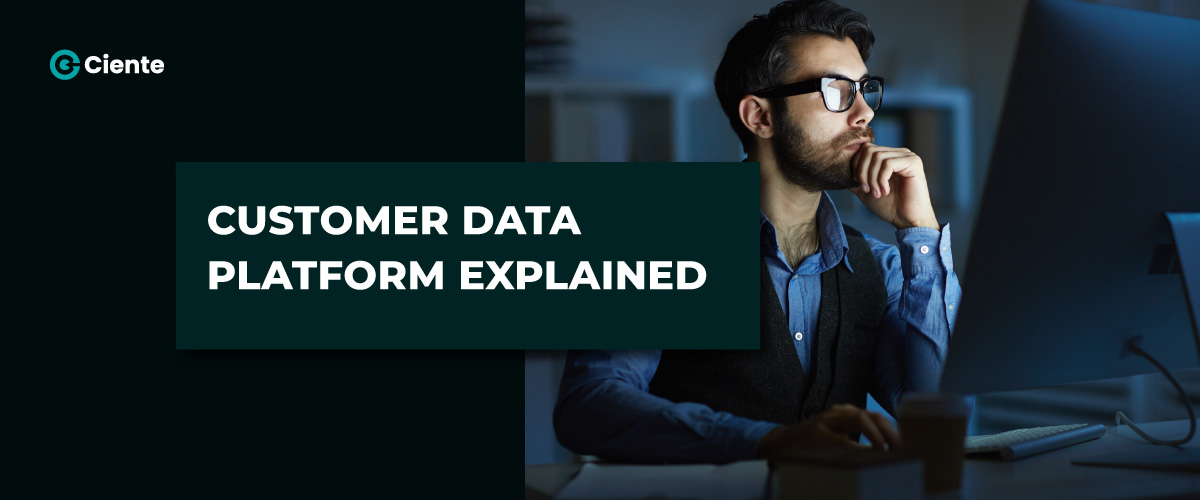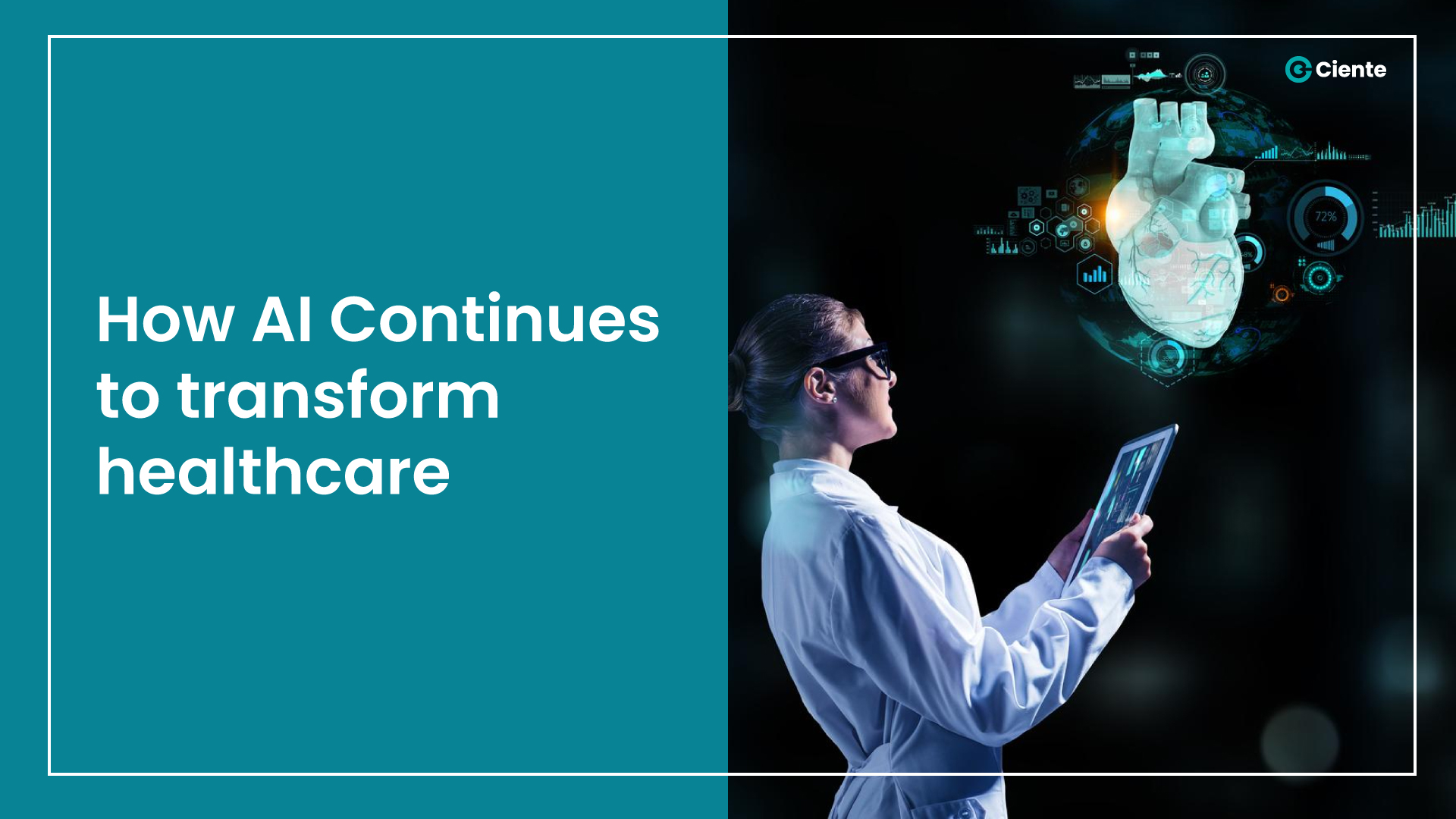
Healthcare Technology Trends to Watch in 2024
New technologies have sped up development in healthcare. How is

New technologies have sped up development in healthcare. How is

A CDP unifies your customer data into a centralized hub,

We need technology to work for creativity, not against it.

Things AI is doing for healthcare aren’t fiction anymore. Artificial